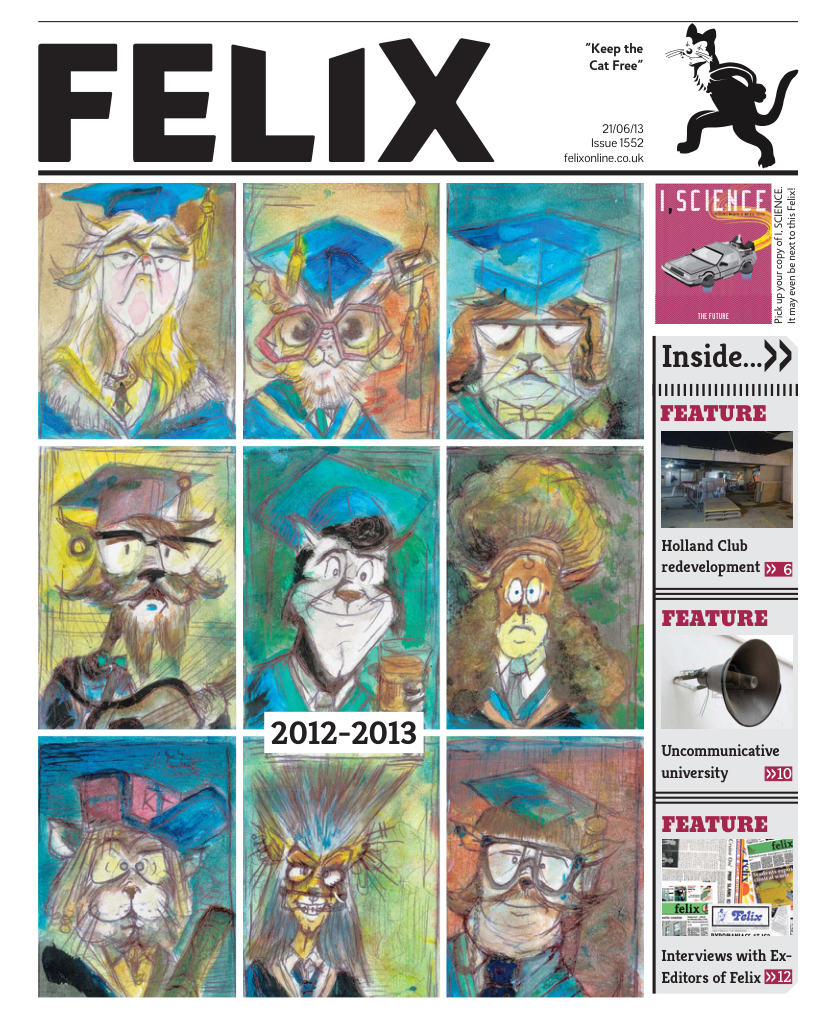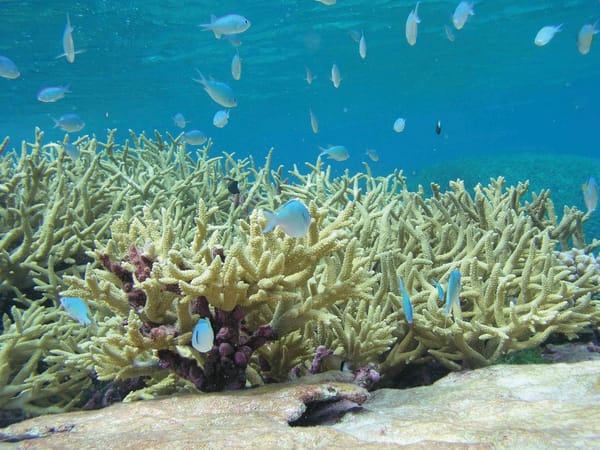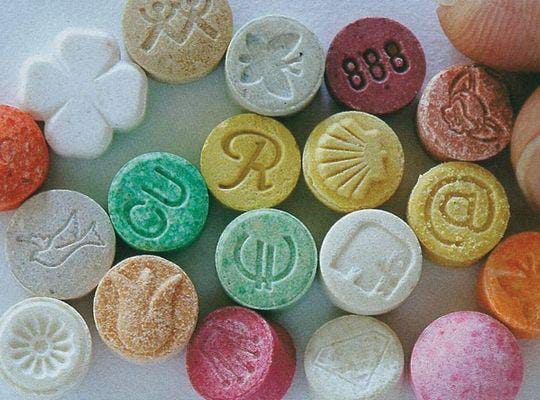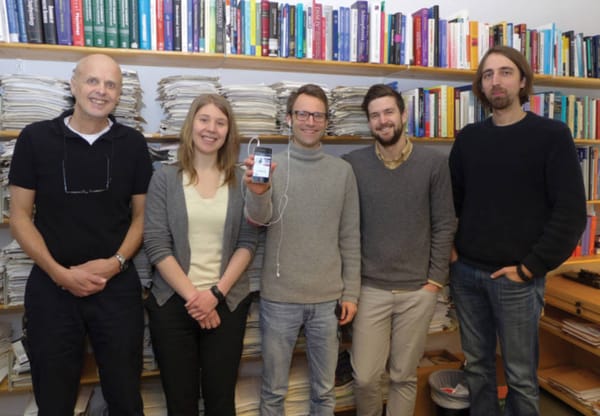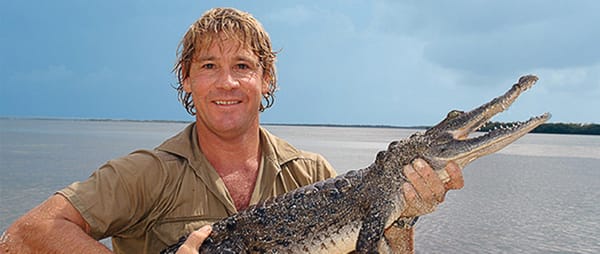Science and the students
Philippa Skett takes a look at the scientific landmarks of this academic year
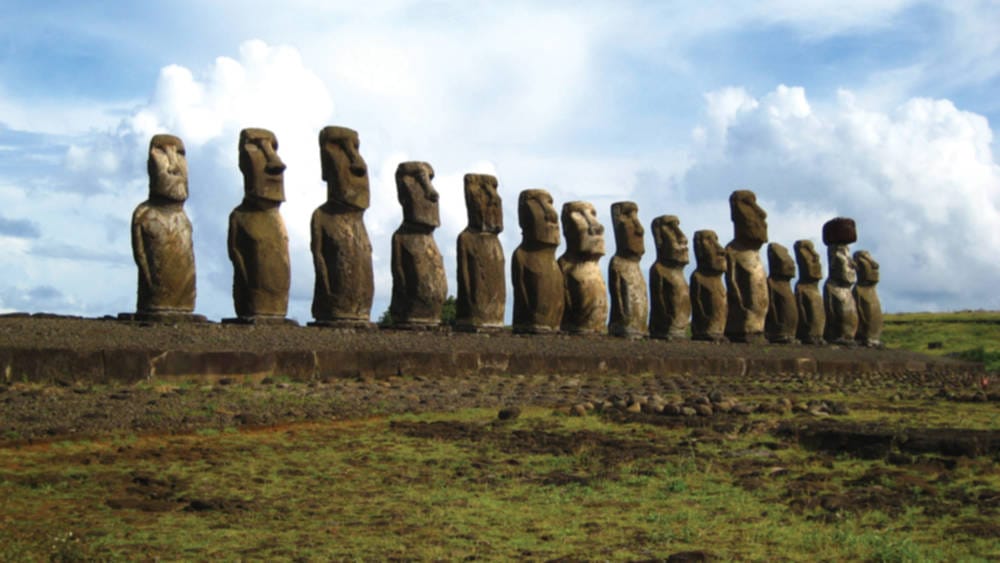
October
Biologists took the lead in October by constructing a Tree of Life constructed for all 9,993 living bird species, discovering spitting fish that catch insects from the air and teaching three bears to count. It is less likely biologists at Imperial were as active, however with the first years undertaking their first practical of feeding the ducks in Hyde park.
That’s not to say biologists have been perfect in the past – “penis worms,” or priapulids, as they are more commonly referred to in the lab to avoid breakouts of sniggering, may have thrown previous evolutionary work into disrepute.
Analysis of the gene expression of the penis worm in October showed it developed differently than once thought, meaning it may have to be renamed (upsettingly) and also moved about in the phylogenetic tree.
Meanwhile, a model predicted that the Moon was probably created from a collision between the Moon and another orbiting body; this was also supported by the fact that the Moon and the Earth have a very similar chemical composition.
A more accurate carbon-14 clock sample was extracted from the Lake Suigestu in Japan, whilst Archaeologists demonstrated that the stone statues on Easter Island may have “walked” across the hills as opposed to being built on site. Structural features of the statue indicated they were rocked back and forth across the island before settling them down in their final location.
And finally, here in Britain, the badger cull was delayed by the government, despite badgers causing issues via their transmission of bovine tuberculosis, which was harming cattle. Not only that, but a survey revealed that only 63% of people support animal experimentation in the UK, and this is on the decline.
Surprisingly, the survey was not ran by Imperial’s friends the British Union Abolition Vivisection (BUAV), but by the more creditable Ipsos Mori, although this should have provided warning signs for the animal testing facilities here on campus.
November

Blue whales seemed to be the stars of November with a study showing that they actually pirouette underwater before lunging at patches of krill from below. Such moves displayed more grace than those offered by freshers when they ventured across London to go to Fabric for the first and last time this month, with many finding they are still not prepared for the wider world outside of Metric.
A newly discovered black hole was found to be the equivalent mass of 17 billion Suns, although it has seemingly squeezed its way into a galaxy only a quarter of the size of the Milky Way. Such a ratio of mass to size was also quoted within a chat up line by a rather desperate, zealous third year in 568, although results remained inconclusive in its effectiveness.
In Chemistry, nanoparticles that can absorb sunlight then reemit it as heat were found to convert water to steam when submerged. Not only that, thinner endoscopes were developed using single optical fibres, with researchers at Korea University demonstrating their use by making a map of a rat intestine.
December
It was found out how life emerges at hydrothermal vents in December with a hypothesis formulated about how the vents could form rudimentary proton gradients. Such a gradient is thought to form as the oceanic water meets the alkaline water from vents within mineral walls in the rocks of the seabed, allowing for the conversion of carbon dioxide and hydrogen into the basic building blocks for life like nucleotides.
Christmas cheer came early this month for virologists as it was announced that H5N1 research was to be resumed, after lifting the moratorium placed back in January 2012. Meanwhile, even ecologists seemed to be making headway in their scientific endeavours with the identification of the benefits for flocks of birds that are composed of different species.
Biologists in general seemed to be having a productive month, with second years at Imperial in particular showing advanced courtship skills at the Christmas dinner and the RCSU Ball afterwards. Again however, results remained inconclusive as to how influential such skills were on the final copulation probability.
In physics, a potential source of local comets was identified on the edge of the Solar System, known as the Kuiper Belt, whilst the US meteorite that crashed in California in April was identified as the fastest on record. Physics did also take a sad turn with CERN stopping the proton-proton collisions within the Large Hadron Collider, and the twin spacecraft mapping the gravity field of the moon coming to a halt in a controlled crash.
January

2013 seems to be the year for neuroscience; January kicked off with the identification of the loss of cells within the cortex being responsible for decreasing sleep quality and a poorer long-term memory. This was actively displayed in those sitting January exams, although was offset by certain students thinking it was appropriate to nap in the Library between study sessions.
To further torment the minds of those studying hard, severe outbreaks of the fungus that usually plaques coffee plants ranged across Central America. Although the fungus Hemilia vastatrix doesn’t generally kill coffee plants, it can halve the harvest, and the Costa Rican government this month enacted emergency legislation to increase funding towards research to combat the fungus.
Further government action in science was seen in January, with Obama renewing his commitment to climate change in his second inaugural speech and hoping to decrease greenhouse gas emissions. Still across the pond, the US National Institute of Health (NIH) was advised to retire its 360 chimpanzees and shut down half of its ongoing animal experiments due to suggestions that only 50 should suffice. Imperial remained oblivious to this, and heartily continued its own animal experiments, whilst BUAV prepared its assault.
February

Spring seemed to have sprung in science, if not elsewhere during February, with flowers and butterflies revealing their secrets to the biologists. Flowers were proved to have a negative electrical charge to attract positively charged bumblebees in an effort to encourage pollen interactions. Meanwhile it was found that migrating monarch butterflies use temperature to dictate flight direction, monitored by their internal clocks.
Chemists discovered a process for extracting hydrogen from the fuel methanol, which, due to being liquid, allows it to be easily transported and stored. They also managed to produce elastic, ultra light carbon foams with a density lower than air; a busy month for chemists if not for the love lives of students at Imperial with a record high of those residing in the library rather than out on February the 14th.
Excitement for physicists peaked this month with a meteor strike in the Russian city of Chelyabinsk, although the same can not be said for the city’s residents with over a thousand people injured. The explosion was the equivalent of around half a megatonne of TNT and is believed to be the largest object to strike Earth since 1908.
March
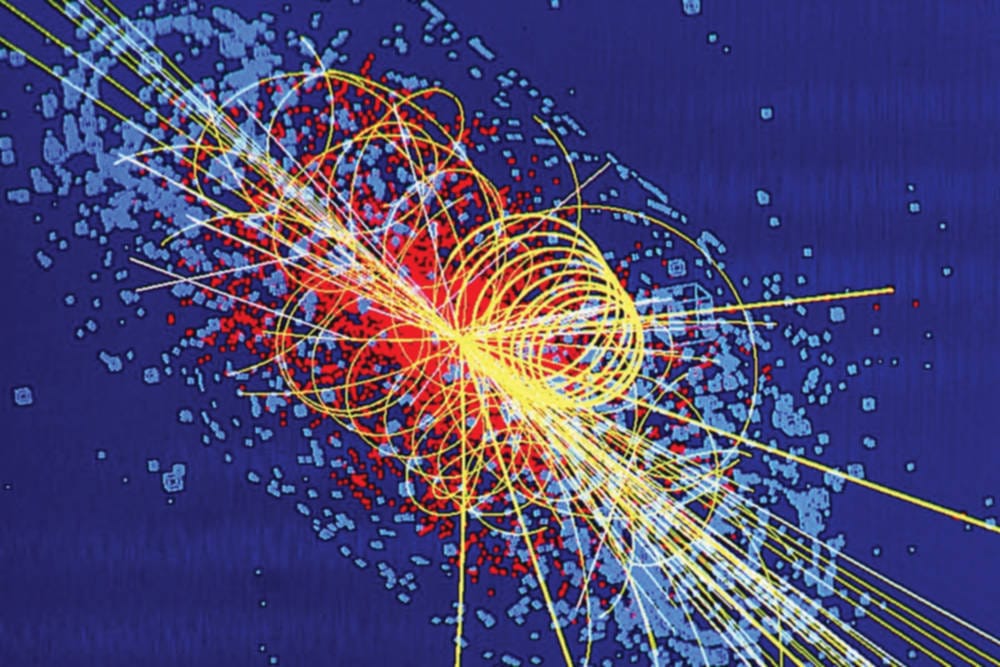
March was a busy month for science and students at Imperial alike. Neuroscientists, continuing with their previous success in research, discovered the source of migraines. In contrary to popular belief that these were caused by repetitive hounding from Union hacks badgering you to vote in the Big Election, they were actually found to be due to waves of cellular depolarisation in the cortex. With the approach of final year projects and exams for third year biologists also came a paper determining how sleepless nights can affect gene activity, much to their dismay. Genes concerning immune and stress responses are in particular negatively affected by sleep deprivation; again yet another reason why maybe sometimes it is ok to sleep on the library floor during tedious revision sessions. Biologists also found that mice preformed better on learning tasks and maze navigation when injected with human brain cells, so at least we could claim we are cleverer than the rodents this month.
As biologists were slogging away in the library, chemists were having a few beers in the name of science. X-Rays allowed for the study of the chemical components of beers and were able to identify the molecular structure of humulone compounds, which give beer its bitter taste.
Physicists too were getting very excited this month, with evidence of the Higgs Boson being found in CERN. The Higgs Boson may be able to provide a way in which particles gain mass, although its nickname of The God Particle is misleading – with the boson unable to shed any light on the existence of any sort of omnipotent entity. Regardless of its weaknesses concerning religious outpourings, it can still be beneficial to many elements of theoretical physics.
An infant was also successfully cured of HIV in March using antiviral drugs, after being born with the retrovirus. The secret to the treatment was the speed at which it was administered, with drugs taken from 30 hours after birth. Unfortunately, this progress into HIV research was somewhat counteracted when an anti-HIV trial failed due to subjects not actually taking the drug being tested, leading to an inconclusive determination of whether the drug tenofovir actually works.
April
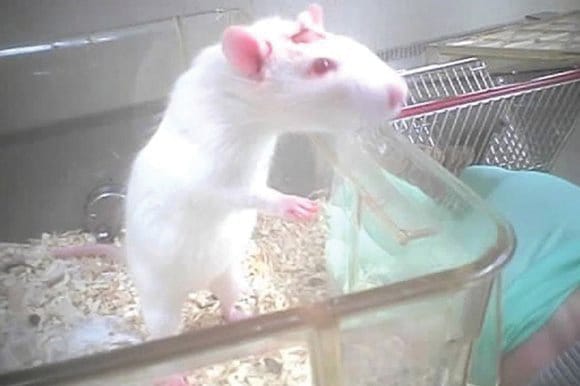
April was an exciting month for Imperial – researchers from the Department of Medicine identified new mutations in the bird flu virus, H5N1, that allow for it to replicate more readily in mammals. Meanwhile, at Imperial’s National Heart and Lung institute, a study on stem cells allowed for the identification of possible treatment for those suffering from the bleeding disorder, von Willebrand Disease (vWD). vWD is caused by a malfunctioning clotting factor, but using stem cells, researchers were able to pinpoint exactly what defects were present in different patients, and hopefully develop tailored therapy.
Such findings may have come at a price however; this month saw the BUAV posting findings of animal mistreatment within the labs based at the Hammersmith campus, causing our own golden boy, Brian May, to implore Imperial to stop animal testing.
With students more engaged with their revision than the video of mice being guillotined however, this blip in Imperial’s scientific history went widely unnoticed; with even the College itself offering a half-hearted investigation into the matter, this has not been heard from since. It is presumed the undercover BUAV protester working at the lab was fired, although again no one seemed to be too bothered to check up on this fact.
On a happier note however, biologists found a new hormone within the liver that spurs the growth of insulin-secreting cells, which could be manipulated for future treatment of diabetes. The hormone, named betatropin, influences the beta cells of the liver and alters their gene expression to give them characteristics of their neighbours, alpha cells, that already make insulin.
May
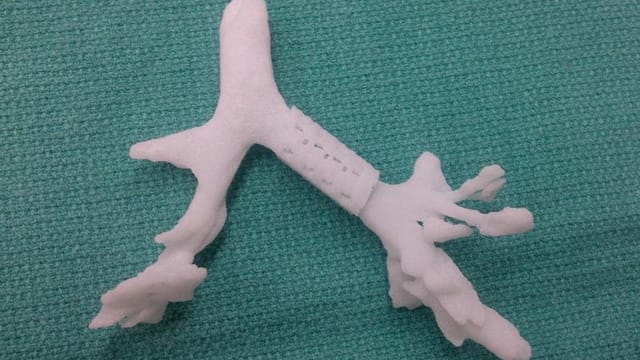
Exam season descended upon campus with its usual fluid, unbroken sweep across the library, bringing student activity to a halt. Fortunately the same can’t be said for scientific development in May.
The 3D printer delivered results for one particularly lucky six year old patient, with a windpipe produced using the new technology. The windpipe was printed in a biocompatible bioplastic and allowed Kaiba Glonfriddo to breathe again without difficulty.
To the relief of both culinary connoisseurs and the historians out there, the pathogen that was the cause of the Irish Potato Famine was finally identified as a strain of Phytophthora infestans. Identification of the DNA of this pathogen was done using 11 historically preserved specimens, although they can gladly say that the strain that caused the famine may now be extinct. It also seemed this month that BUAV really didn’t have a lasting effect in their campaign to stop animal testing, with 4,00 people signing an online petition in May to support the scientists in the University of Milan. Research facilities were invaded by activists (not the BUAV) in April, with them taking around 100 animals and delaying research substantially, and it being predicted that it will take years to redo work.
These are only a few of the great scientific advances this year, and, with an increase in the technology available, it is likely that such scientific landmarks are only going to be coming thicker and faster than ever. The same may or may not be said next year’s Freshers.


